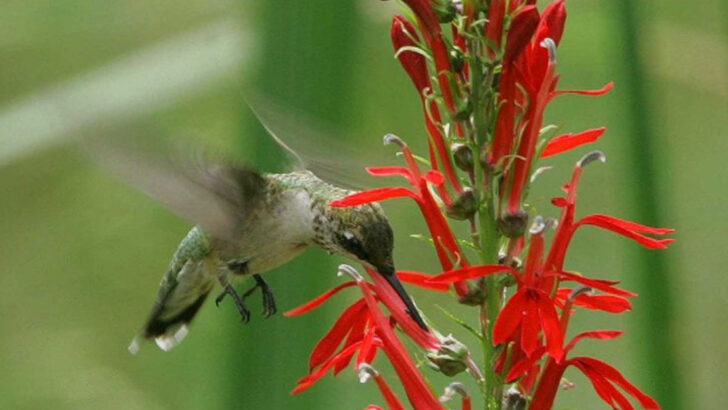Hummingbirds may be tiny, but they come with giant attitudes—and zero patience for human mistakes. One wrong move, and you could be turning your backyard paradise into a hummingbird hazard zone. Plastic feeders, red dye, dirty nectar… These dazzling daredevils deserve better. The good news? They’re not hard to please—once you learn their rules. These birds burn energy faster than jet engines and expect their buffet to be spotless, sweet, and perfectly placed. Want to become a hummingbird hero instead of a backyard blunderer? Let’s ditch the six most common slip-ups— and trade them for ten ways to help these winged jewels thrive. They’ll thank you with midair acrobatics and a front-row show like no other.
Mistake 1: Using Red Dye in Feeders
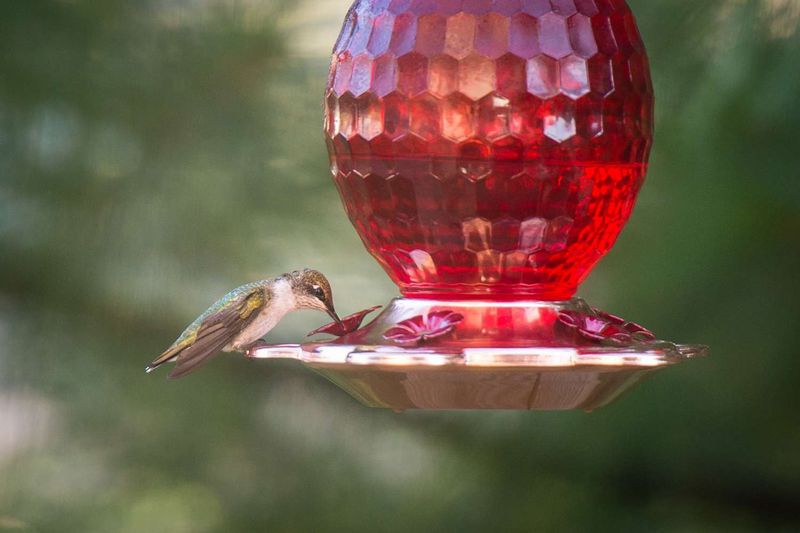
Many believe that adding red dye to hummingbird feeders attracts these birds. Sadly, this misconception can lead to health problems. The dye may cause tumors or other health issues in these small creatures.
Instead, attract hummingbirds by planting red or brightly colored flowers nearby. Opt for a nectar mix without artificial dyes.
With careful attention to their dietary needs, you can ensure hummingbirds visit your garden safely. Creating a harmonious environment allows them to thrive while maintaining their natural beauty.
Mistake 2: Neglecting to Clean Feeders Regularly

Clean feeders are crucial for the health of hummingbirds. Dirty feeders can harbor mold, which is harmful to these delicate birds.
Cleaning should be done at least once a week, more often in hot weather. Use a solution of hot water and vinegar, avoiding harsh chemicals.
By keeping feeders clean, you provide a safe place for hummingbirds to feed. This small gesture goes a long way in supporting their wellbeing, inviting them to return time and again.
Mistake 3: Placing Feeders in Direct Sunlight
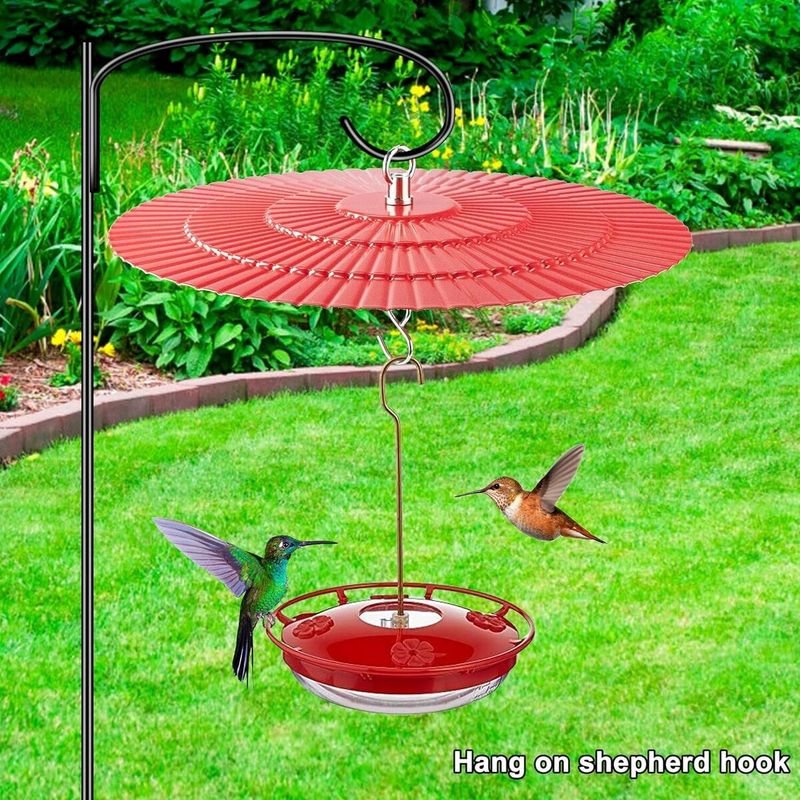
Positioning feeders in direct sunlight may cause the nectar to spoil quickly. Hummingbirds may consume spoiled nectar, leading to illness.
Place feeders in shaded areas to keep the nectar fresh longer. Consider locations under trees or shaded patios.
This thoughtful placement not only preserves the nectar but also provides a pleasant spot for hummingbirds to linger. Your garden becomes a welcoming haven for these enchanting visitors.
Mistake 4: Filling Feeders with Honey or Artificial Sweeteners
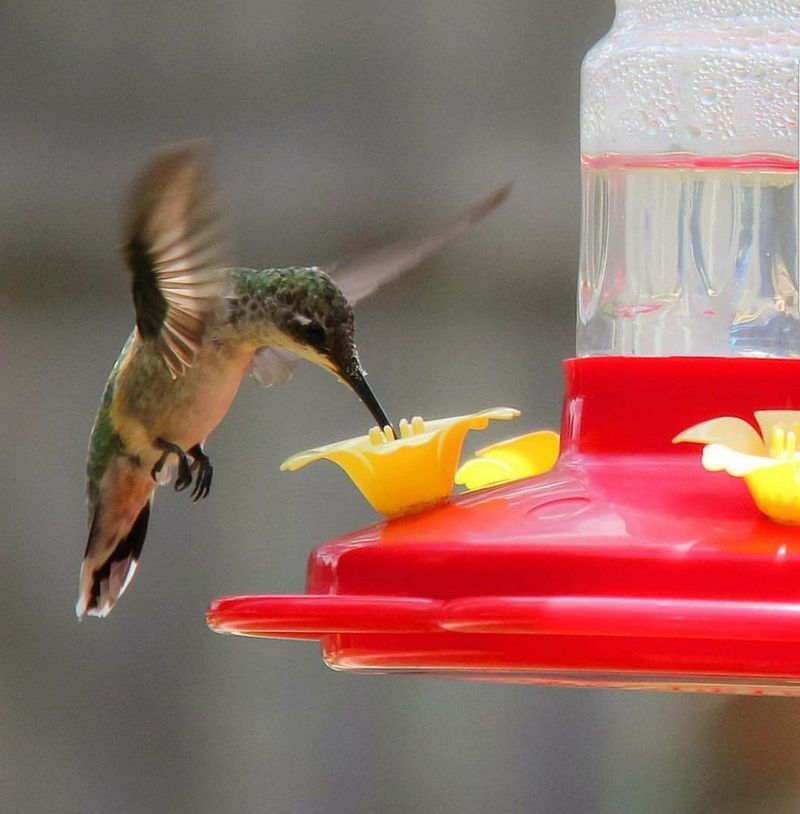
Using honey or artificial sweeteners in feeders is a common mistake. These substances can ferment or cause fungal infections in hummingbirds.
Always use a simple sugar-water solution: one part sugar to four parts water. Boil the mixture to ensure it’s safe, then let it cool before filling the feeder.
By providing the right nutrition, you help sustain hummingbirds’ energy and health. Your careful choice fosters a nurturing environment for them to flourish.
Mistake 5: Overcrowding Feeders
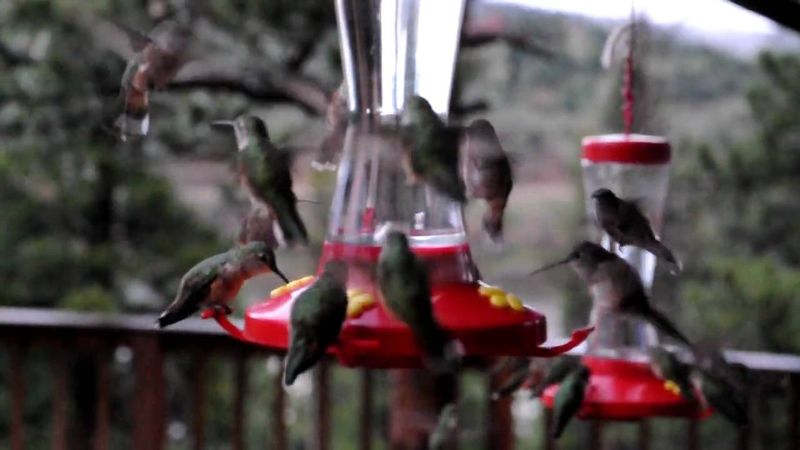
Crowding feeders together can lead to territorial disputes among hummingbirds. These clashes may deter them from visiting your garden.
Spread feeders across different areas to minimize conflicts. Encourage a peaceful feeding environment by maintaining space between each feeder.
Your thoughtful arrangement supports harmony among these feisty birds, ensuring a joyful spectacle of their aerial acrobatics in your garden.
Mistake 6: Ignoring Natural Food Sources

Relying solely on feeders denies hummingbirds the diverse diet they thrive on. They need insects and natural nectar for balanced nutrition.
Cultivate a variety of native plants that bloom throughout the seasons. These plants attract insects and provide natural nectar.
A garden teeming with life offers hummingbirds the nourishment they need. By embracing natural food sources, you create a sanctuary that supports their vibrant existence.
Solution 1: Use Non-toxic Pest Control

Chemical pesticides can harm hummingbirds by contaminating their food sources.
Opt for organic methods to control pests in your garden. Companion planting, like marigolds to deter pests, offers a safer alternative.
Creating a pesticide-free zone protects hummingbirds and the ecosystem. This thoughtful choice fosters a thriving environment where hummingbirds can safely feed and flourish.
Solution 2: Create a Hummingbird-Friendly Habitat
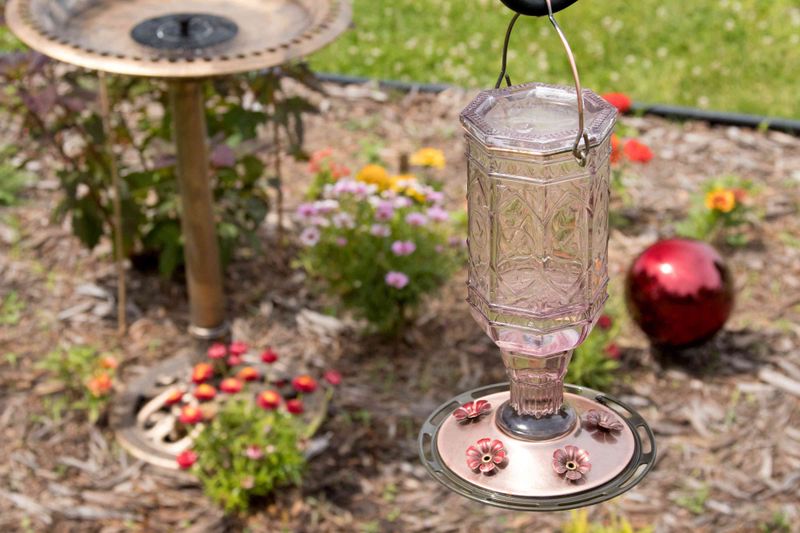
Design your garden as a haven for hummingbirds by incorporating feeders, water features, and plant diversity.
Add birdbaths with gentle misters or drippers to attract these birds. Select a mix of tubular flowers in various colors to entice them.
This inviting habitat not only supports hummingbirds but also enriches your garden’s beauty. A well-planned design offers refuge and sustenance, drawing these delightful creatures to your outdoors.
Solution 3: Provide Fresh Water Sources
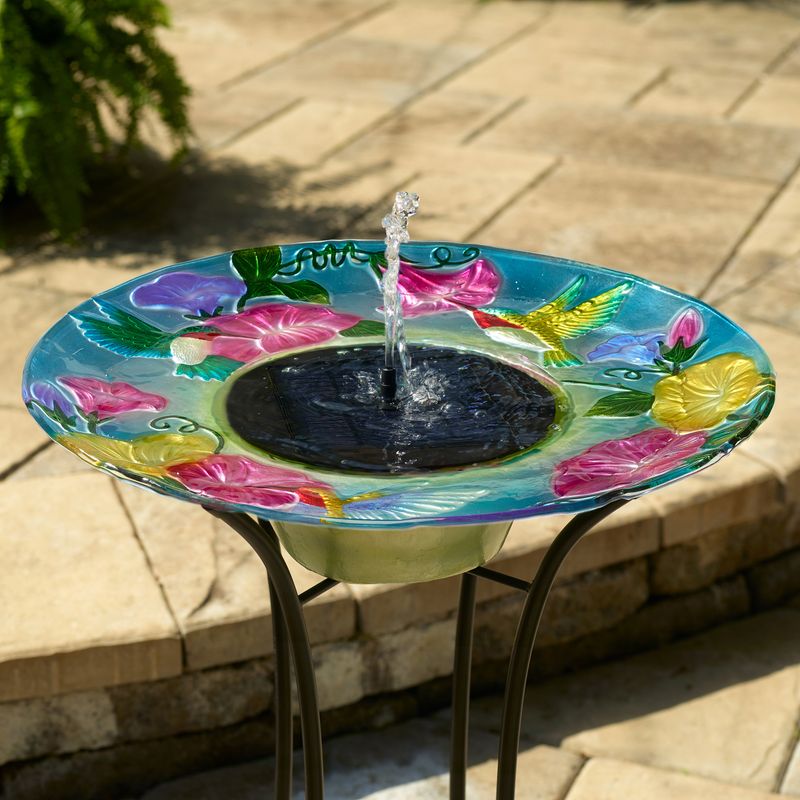
Hummingbirds need fresh water for drinking and bathing. Stagnant water can breed harmful bacteria, posing a risk to their health.
Install birdbaths with fountains or drippers to keep water circulating. Regularly change the water to ensure freshness.
Offering a reliable water source is a simple yet impactful way to nurture hummingbirds. Your attention to their needs creates a delightful space where they can thrive.
Solution 4: Plant Native Flowers
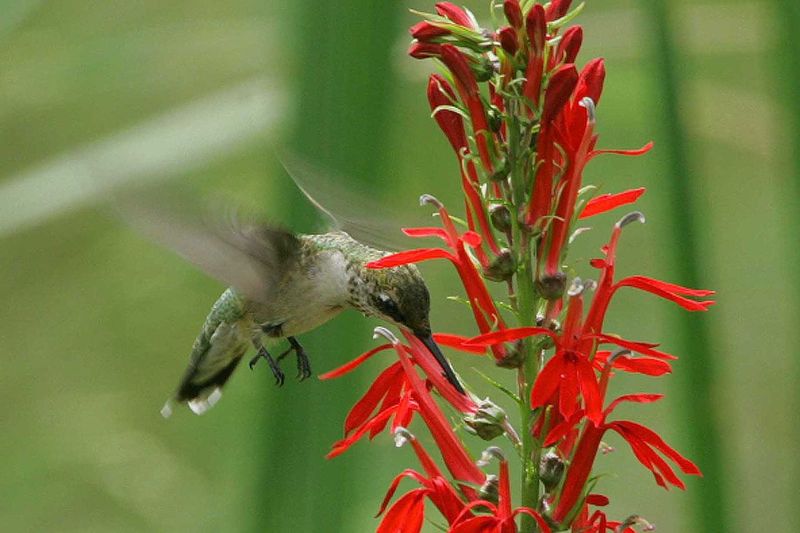
Native flowers provide essential nectar and attract insects for hummingbirds’ diet.
Plant species like columbine, bee balm, and trumpet honeysuckle. These flowers bloom at different times, ensuring year-round food availability.
Your commitment to native gardening enhances biodiversity. This approach supports hummingbirds’ natural feeding habits and promotes ecological balance in your garden.
Solution 5: Educate Others on Hummingbird Care
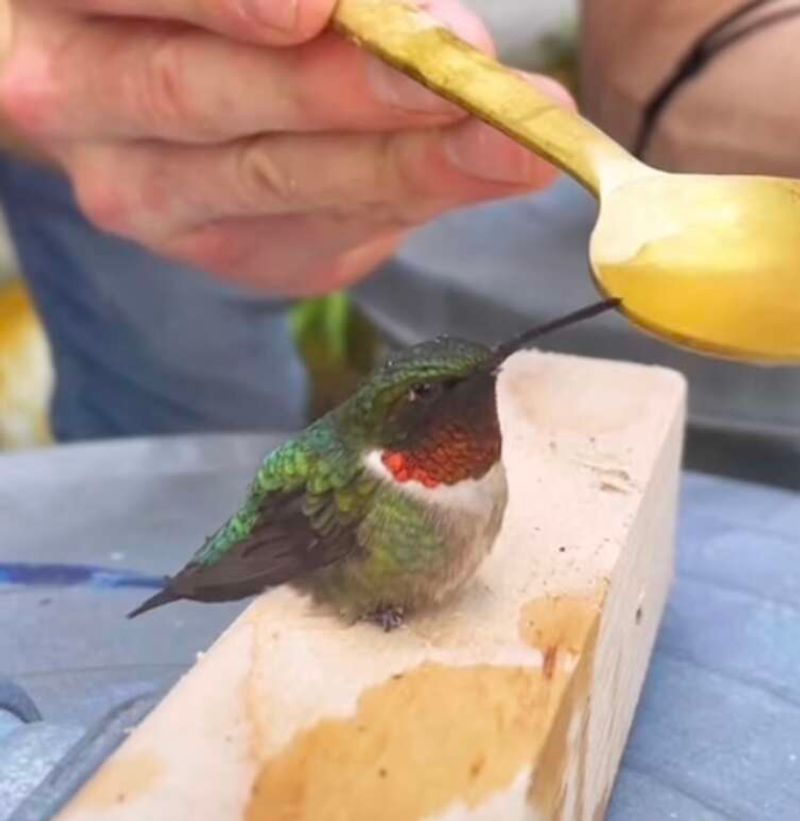
Sharing knowledge about hummingbird care helps protect these charming birds. Many are unaware of harmful practices.
Organize workshops or create informative content to raise awareness. Use engaging visuals and stories to connect with your audience.
As more people learn, collective efforts can make a significant difference. Educating others fosters a community that values and protects hummingbirds.
Solution 6: Install Safe Perches

Providing safe resting spots allows hummingbirds to conserve energy. Natural perches or specially designed structures serve this purpose well.
Place these perches in areas where hummingbirds can safely watch for predators. Ensure they’re free from harmful substances.
Offering secure perches adds to the sanctuary you create, giving hummingbirds a place to relax and thrive in your garden.
Solution 7: Monitor for Predators

Predators like cats pose a significant threat to hummingbirds. Vigilance is key to ensuring their safety.
Keep cats indoors or supervise outdoor time. Design your garden to minimize hiding spots for predators.
Being mindful of potential threats ensures a safer environment for hummingbirds. Your proactive measures protect them, allowing these tiny wonders to visit freely.
Solution 8: Add Windbreaks to the Garden

Strong winds can hinder hummingbirds’ ability to feed and navigate. Windbreaks provide necessary shelter.
Plant hedges or position garden structures to shield feeders and flowers from wind. These additions offer protection without obstructing sunlight.
By considering environmental factors, you create a stable habitat for hummingbirds. Your effort ensures they can feed comfortably despite the elements.
Solution 9: Offer Seasonal Nectar
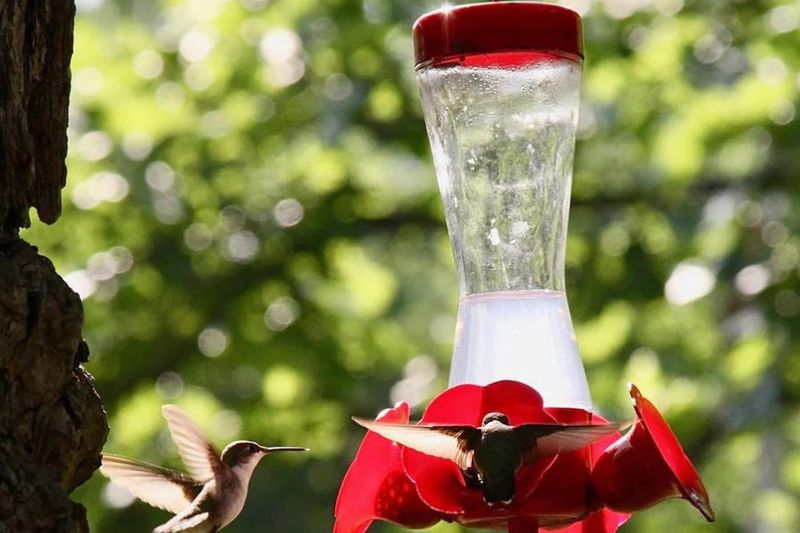
Adjusting feeder nectar concentrations according to seasons helps meet hummingbirds’ changing energy needs.
In cooler months, slightly increase sugar content. In warmer times, revert to standard concentrations. This adaptation supports their metabolic requirements.
Your attention to seasonal changes demonstrates a nuanced understanding of hummingbird care. It enables them to maintain their lively energy throughout the year.
Solution 10: Participate in Hummingbird Conservation
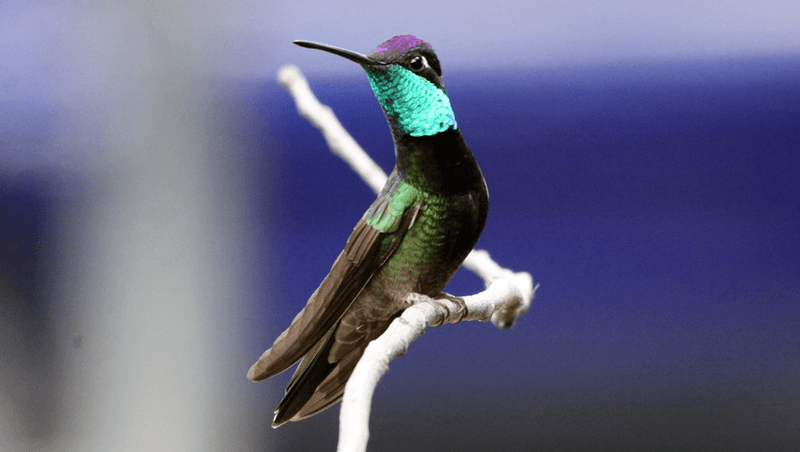
Contributing to conservation efforts supports hummingbird populations.
Join local initiatives to plant native species and monitor hummingbird activity. Engage with organizations dedicated to their protection.
Participation in such programs enriches your connection to nature. By actively contributing, you help secure a future where hummingbirds can thrive alongside humans.

